Garden Guru: Let celebrations commence for the 'tiger days' of summer
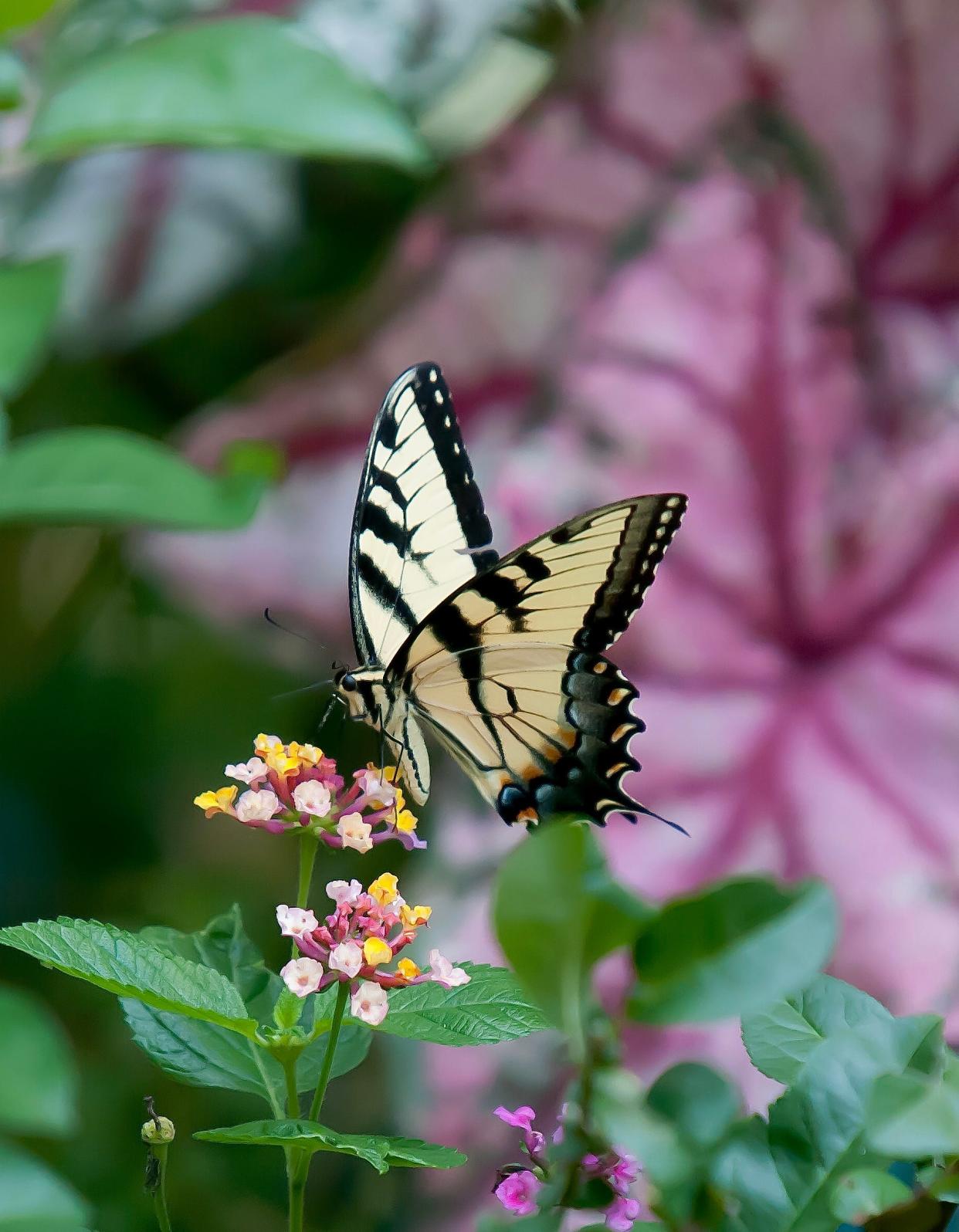
Norman Winter is a horticulturist. He is a former director of the Coastal Georgia Botanical Gardens. Follow him on Facebook at Norman Winter “The Garden Guy.” See more columns by Norman at SavannahNow.com/lifestyle/home-garden/.
Today I am here to say let’s give up the dog days and create a celebration of the "tiger days" of summer. I am not talking LSU, Auburn or Clemson starting football workouts. I am however touting states like Delaware, Virginia, North Carolina, South Carolina and Georgia coming together for the one thing they have in common, and that is they have all chosen the Eastern Tiger Swallowtail as their state butterfly.
A wingspan that can exceed 5-inches makes the Eastern Tiger Swallowtail one of the most loved butterflies in the United States. It has a huge range from Texas north to Canada and all states eastward. When the Eastern Tigers show up in the landscape the cameras start clicking. It is indeed a cause for celebration.
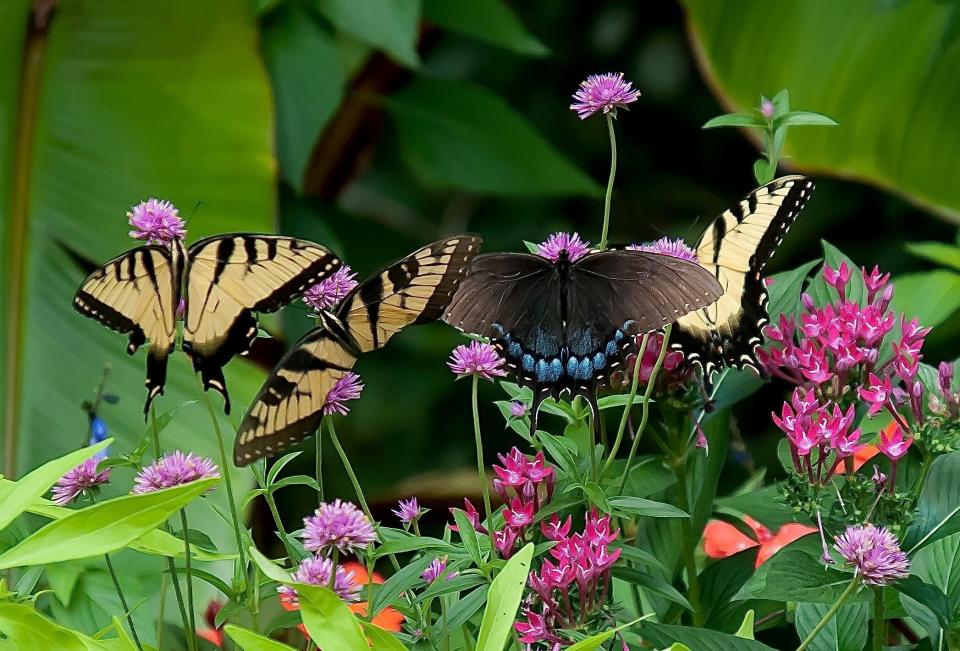
They have two broods in the north and three in the south with some of the heaviest populations occurring simultaneously with the hottest days of the summer, yes, the dog days which officially this year were July 3 through Aug. 11. You see, the real dog days are tied to an astrological event.
More Garden Guru: At long last, these new agastache varieties were Meant to Bee
The Monarch butterfly gets the lion’s share of the press these days, and rightfully so. I love the Monarch and we all need to grow milkweed and be activists for the preservation of their habitat.
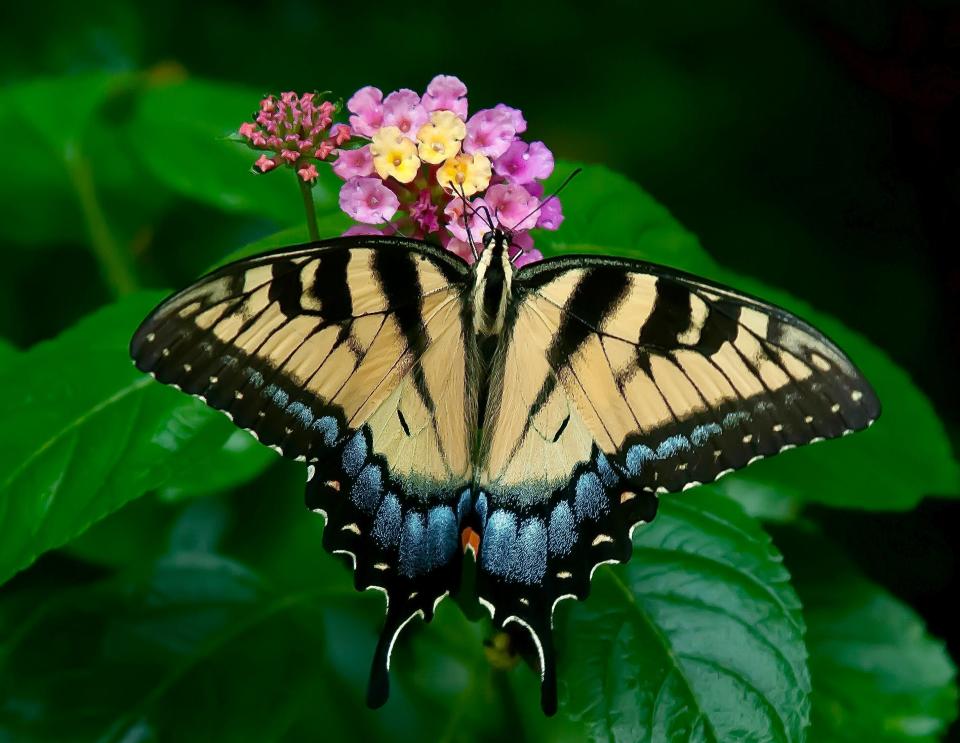
You have to admit though they are a little like vagabonds, here today and gone tomorrow with their migratory habit. If the Eastern Tiger Swallowtails on the other hand fail to show, the heart starts to palpitate, and the summer landscape seems as though it has had a pall cast over it.
Now get out a pencil and paper for your test. Monarchs must have milkweed; what is the larval food for Eastern Tiger Swallowtails? Lucky for us there are several options, all trees: wild cherry (Prunus), tulip poplar (Lirodendron), sweetbay (Magnolia), birch (Betula), ash (Fraxinus), cottonwood (Populus), willow (Salix), mountain ash (Sorbus) and basswood (Tilia). You see, the forest is extremely important. The chrysalids even overwinter in the forest.
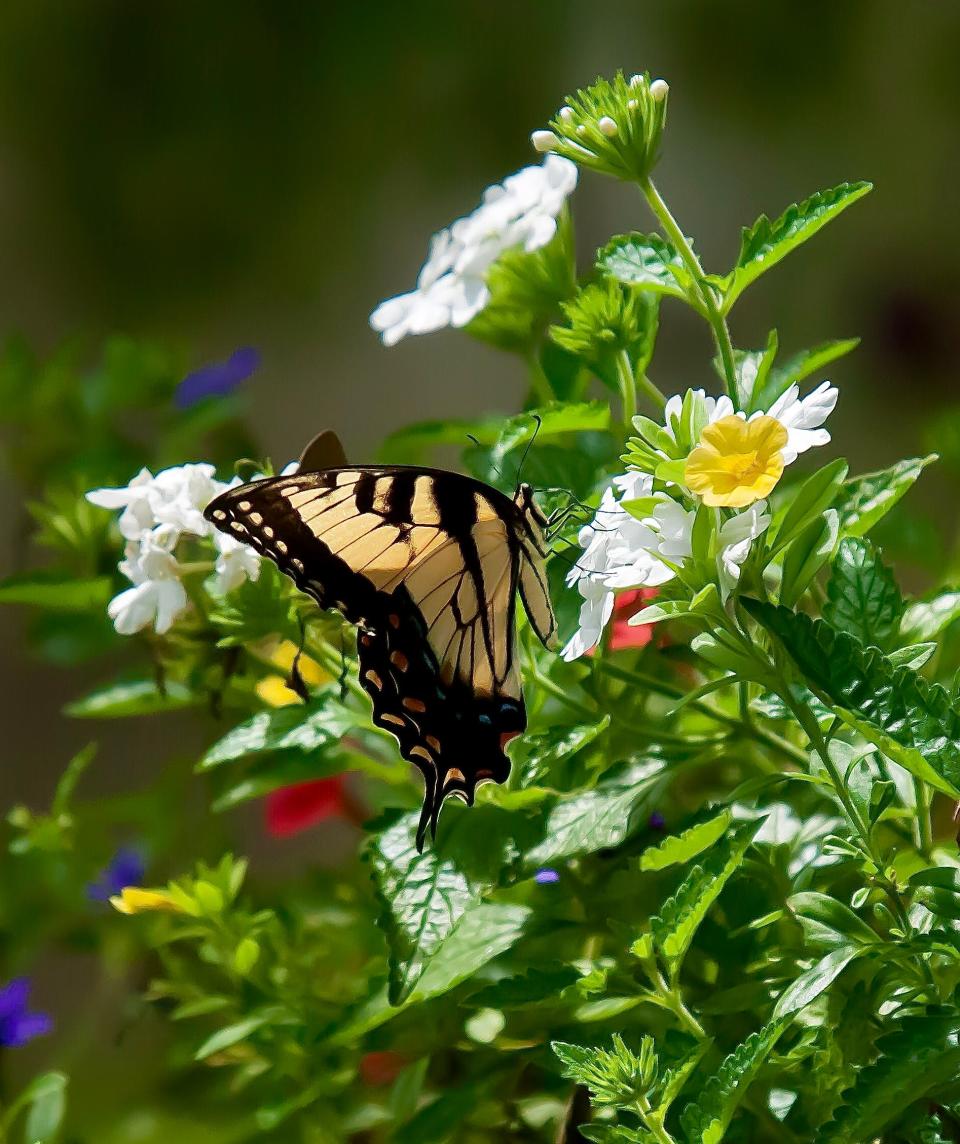
So, the forest is doing its part; what can we do to provide nectar with the hopes of keeping Eastern Tiger Swallowtails around during the torrid dog days of summer? First, know their average lifespan is about two weeks and this swallowtail appreciates your efforts to grow flowers.
At The Garden Guy’s house, there have been some clear Eastern Tiger Swallowtail champion flowers that have come to the front the past few years. These are flowers that can take anything the summer can dish out and bring in the swallowtails as if there was a neon sign flashing "Eastern Tiger Swallowtails eat free."
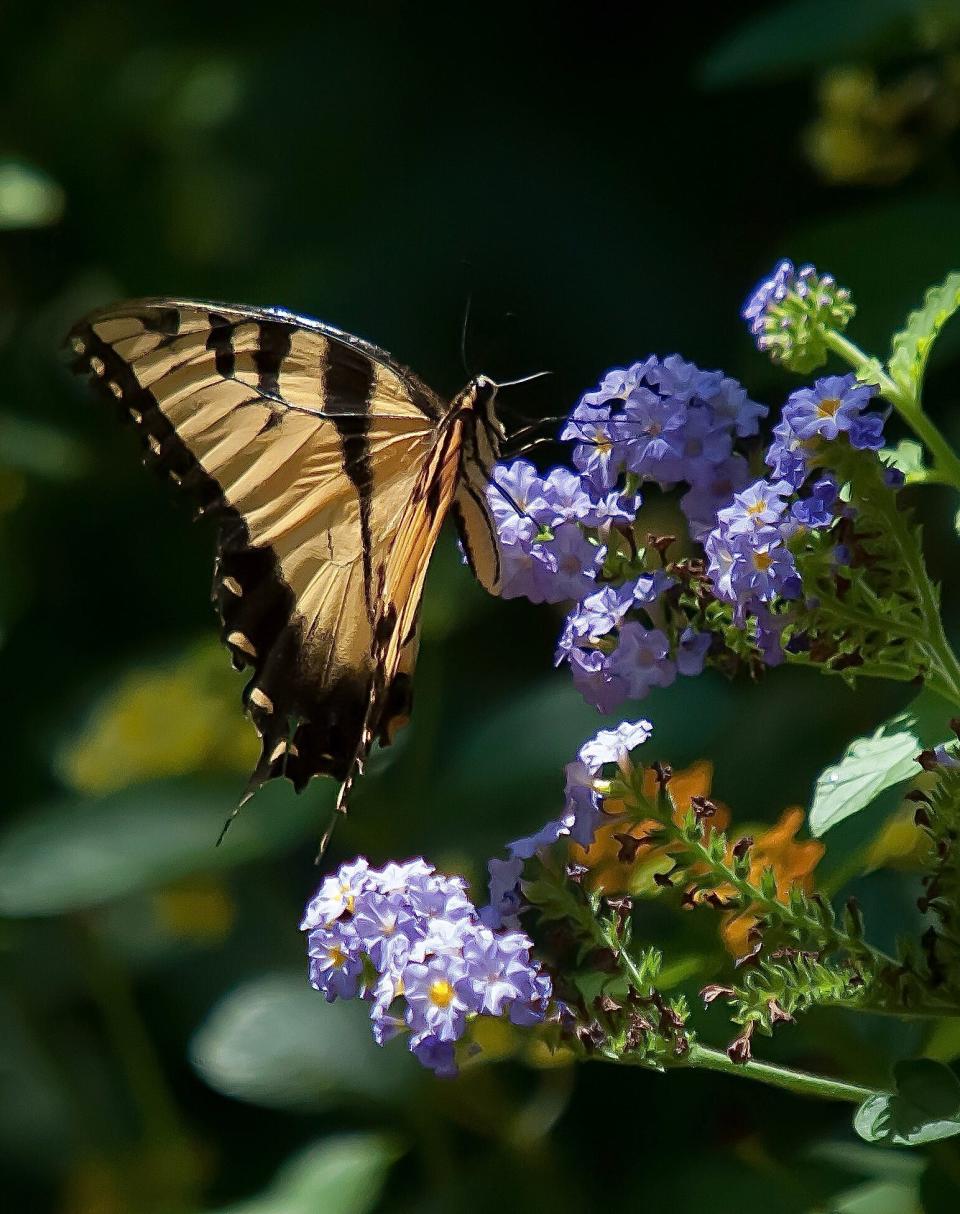
Truffula Pink gomphrena, Luscious Royale Cosmo lantana and Superbena Whiteout verbena are all award winners and still so new that you may not have tried them. Put them on your list! Then there is this year’s new star, Augusta Lavender heliotrope, which I assure you will rack up awards and pollinators.
Miss Molly is a lady that you need to get to know. While some buddleias have created some bad press for their re-seeding, Miss Molly is certified non-invasive. This, in addition to orchid-colored blooms that are drop-dead gorgeous, a 6-foot compact perfect habit, and magnetic attraction for the Eastern Tiger swallowtails, make this shrub a must for all butterfly lovers.
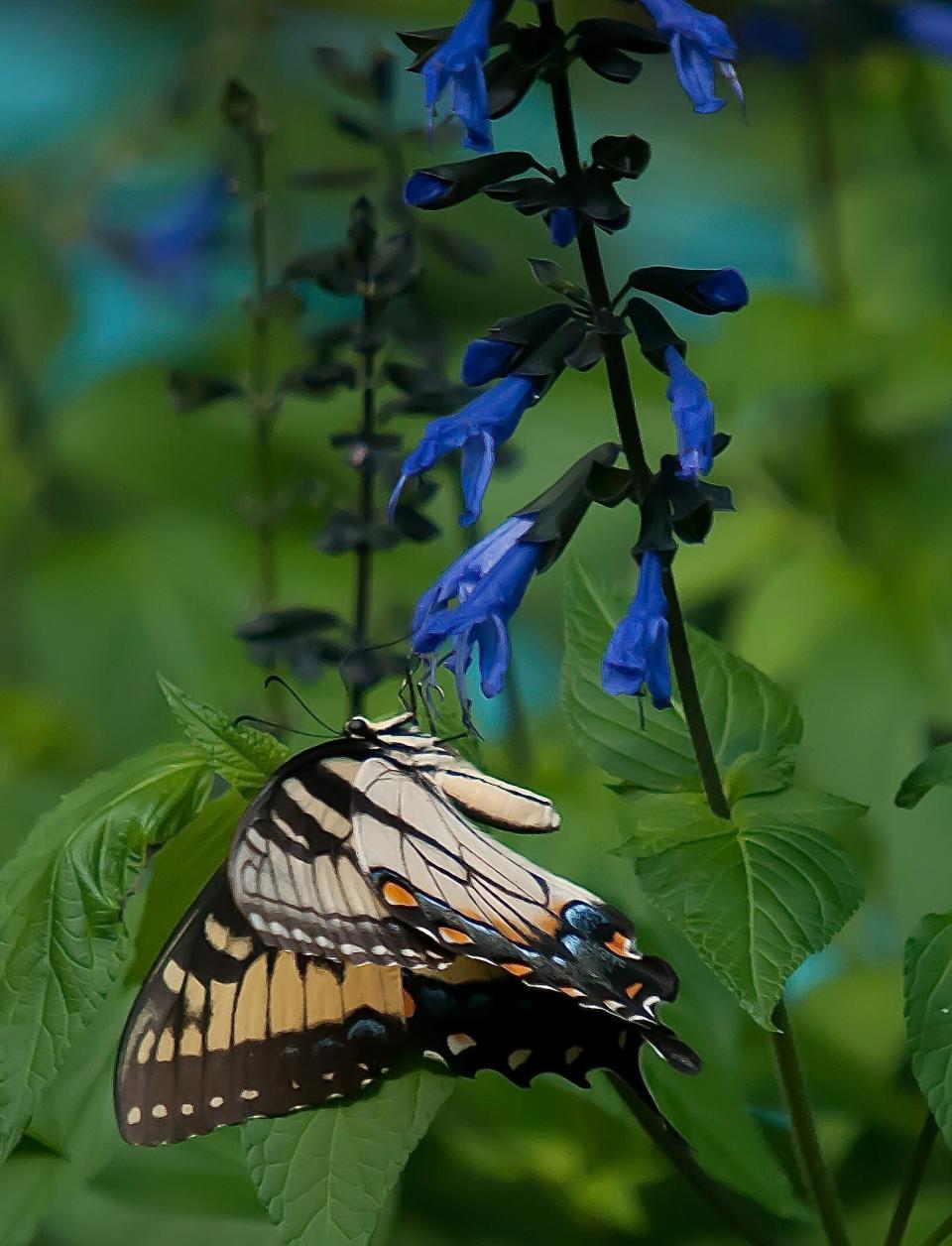
More Garden Guru: Scarlet goes wild in hot new petunia
The last I want to mention is the Rockin Blue Suede Shoes salvia; we call this a twofer. A champion with hummingbirds and swallowtails. This one has won awards across the country and has been a reliable perennial for The Garden Guy in Zone 8a Georgia.
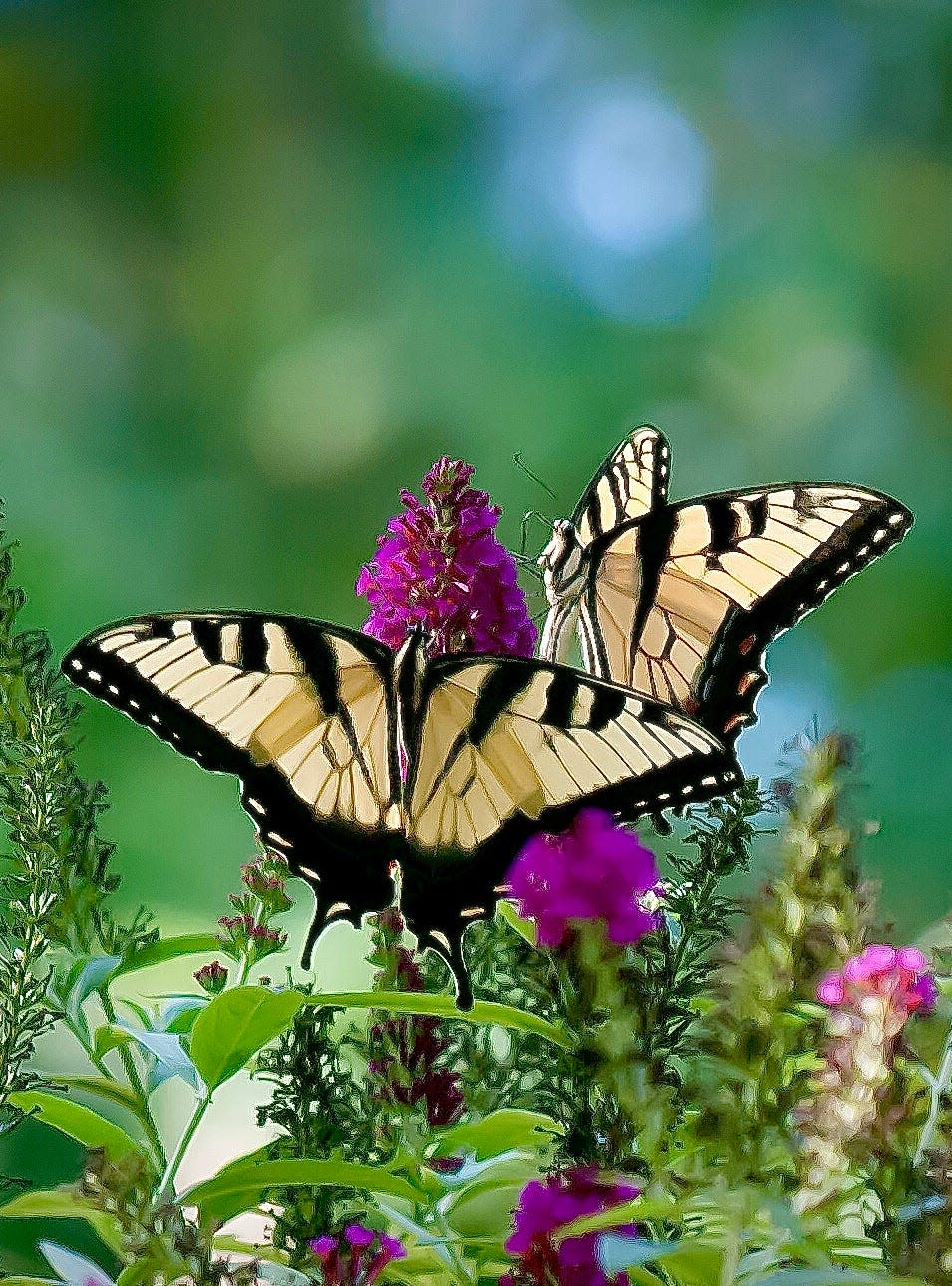
Let’s unite in celebration of the "tiger days" of summer. We can all grow these tough nectar-producing flowers and celebrate the graceful flight of one of our most beautiful butterflies, the Eastern Tiger Swallowtail (Papilio glaucus).
If you live west of Texas, you have Western Tiger Swallowtails (Papilio rutulus), and Two-tailed Swallowtails (Papilio multicaudata) so join the celebration.
This article originally appeared on Savannah Morning News: What to plant to support the Eastern Tiger Swallowtail butterfly

